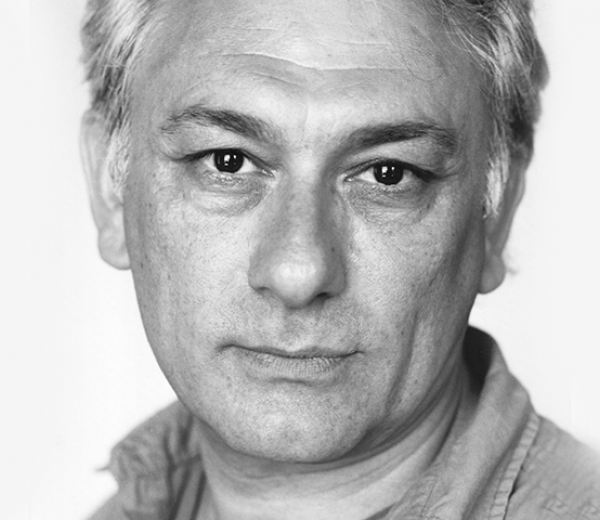Serge Avedikian
He draws from his Armenian experience – a source of energy that serves his universal creativity.
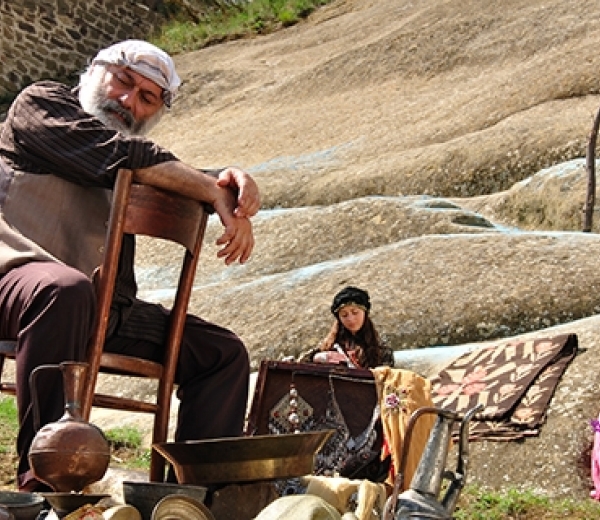
| Serge Avedikian plays Sergei Parajanov in “The Parajanov Scandal,” 2013. |
“We Drank the Same Water,” 2008
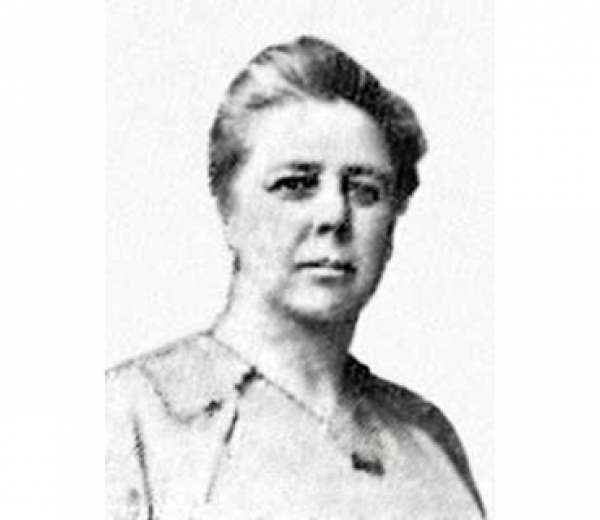
| Mary Graffam |
I remember that he had a hole in his forehead, where he’d been hit by a Turkish bayonet.

| The Avedikian family in Armenia in 1960. Left to right: Serge’s sister Marguerite, grandfather Avedis, grandmother Aghavni, mother Suzanne, father Gregory and Serge. |
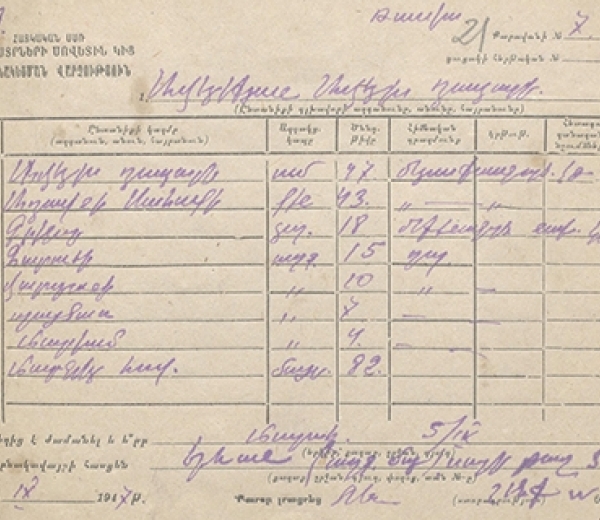
| Dating from 1947, this document attests to the Avedikian family’s entry into Soviet Armenia. Courtesy of the National Archives of Armenia. |
“When I arrived in France in 1970, I had lost my Soviet passport and didn’t have French citizenship yet. I felt fine as a stateless person in the situation I was in then. Armenia had never been my country because my parents hadn’t been born there, but the fact was that Armenia was my native land. ‘Stateless’ meant that I can have both, that I can feel ‘from here’ and commit myself ‘there.’ I want to keep my freedom to not have to choose,” he says.
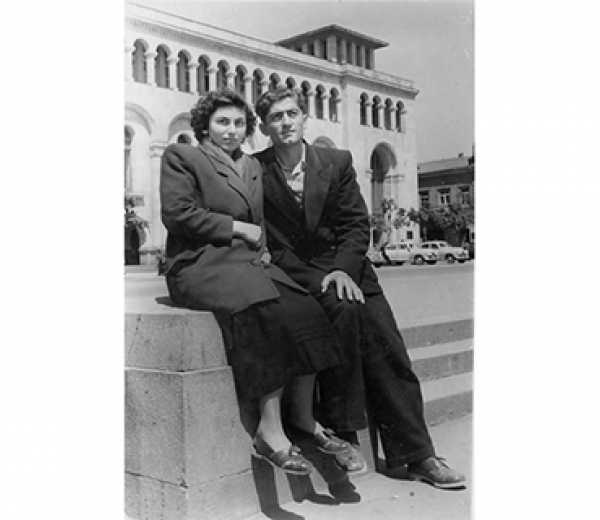
| Suzanne and Gregory in Yerevan in 1955. |
In the end, his dual identity has always been with him. Now, thanks in part to the roads he has traveled, he has come to terms with it.
His documentary work on his family’s history and his roots helped him find a balance between what is Armenian and what is French in him.
Though he learned practically accent-less French at the age of 15, it was no problem for him to say he was Armenian and came from a Soviet Republic lost somewhere in the Caucasus. Besides, none of his first roles had anything to do with his origins, even if they focused on being a minority. With “We Were One Man” (1979) Serge acted in one of the first films dealing with homosexuality. In the same year he played in “The Red Sweater,” his other big cinematographic success at the time.

| A poster of “The Red Sweater,” 1979. |
In his eyes, the problem is that Armenians are over-informed on their history.
